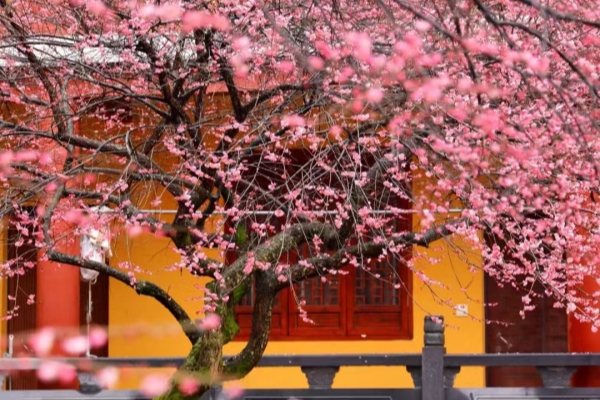Wildlife protection highlighted in Lishui
Another 517 species of wild animals will no longer be hunted or traded after the first major change in 32 years to China's List of Wild Animals under State Priority Conservation.
The list, jointly released in February by the National Forestry and Grassland Administration and the Ministry of Agriculture and Rural Affairs, now protects a total of 980 wild animals.
On the list, 41 wild animals are likely to be seen in areas administered by Lishui city -- in East China's Zhejiang province -- including three wild animals are under level-one protection, the highest level, while the other 38 are protected as level-two species.
Let's meet the three wild animals there that are critically endangered:
Oriental stork
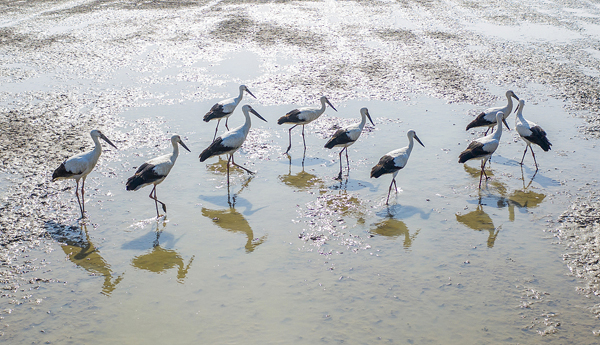
A flock of oriental storks explores a corner of the wetland. [Photo/CFP]
The oriental stork, or Ciconia boyciana, is a large, white bird with black wing feathers. It has red skin around its eyes, with a whitish iris and black bill. Oriental storks sometimes stop by rivers in Lishui during their migration.
Yellow-breasted bunting
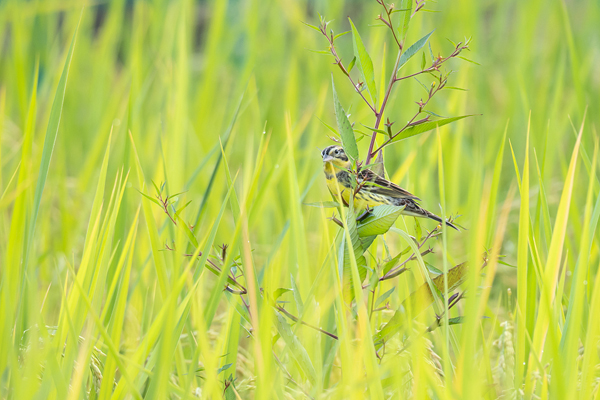
A yellow-breasted bunting hides, melding skillfully amid the bushes. [Photo/CFP]
The yellow-breasted bunting, or Emberiza aureola, is a small-sized bird with reddish upper parts and a black head. Its under parts are yellow with dark streaks on its sides and flanks and a bold chestnut-brown band on its breast. The yellow-breasted bunting in China makes its annual migration through Lishui.
Seasonal shed
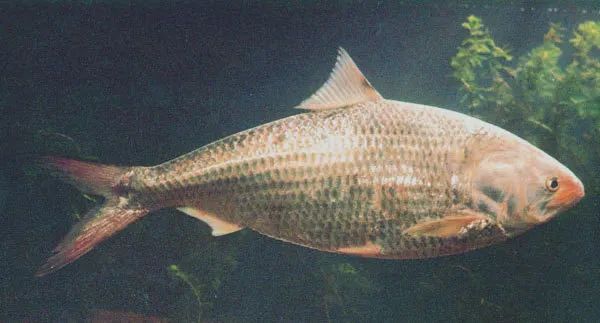
The seasonal shed usually lives in the sea. [Photo/lsnews.com.cn]
The seasonal shed, or Tenualosa reevesii, is a kind of fish that usually dwells in the sea. The young fish grows in rivers and lakes before it reaches the size of about 150 millimeters. The fish was once found in the Oujiang River in Lishui in the 1970s.

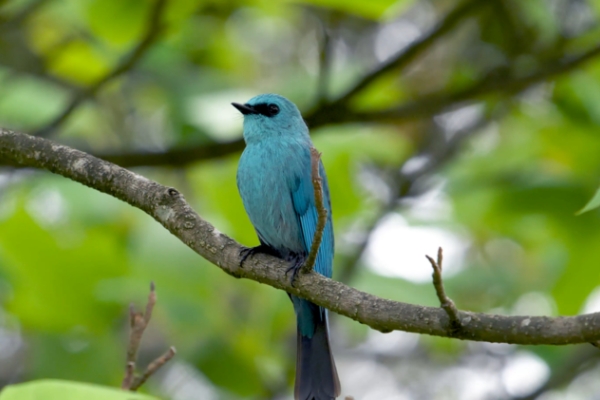 Lishui establishes intelligent biodiversity monitoring system
Lishui establishes intelligent biodiversity monitoring system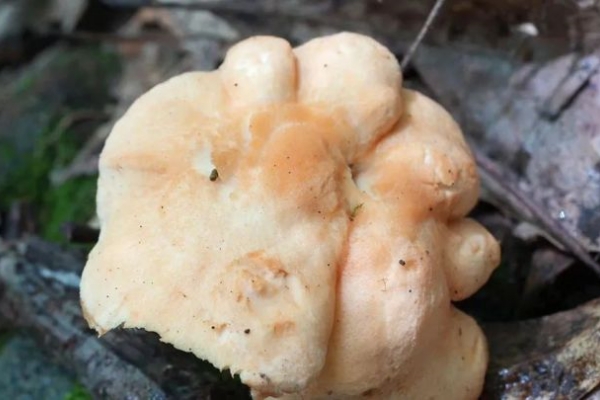 New fungus species discovered in Qingyuan
New fungus species discovered in Qingyuan Lishui transforms weirs to aid fish migration
Lishui transforms weirs to aid fish migration